Understanding the Importance of Pipe Racks in Industrial Settings: A Complete Guide
In industrial settings, the role of Pipe Racks is often underestimated, yet they play a crucial part in ensuring efficient operation and safety. According to a report by the International Association of Plumbing and Mechanical Officials (IAPMO), the proper design and installation of pipe racks can reduce maintenance costs by up to 30% and improve workspace safety, significantly minimizing the risk of accidents caused by improperly managed piping systems. As industries strive for enhanced productivity and compliance with stringent safety standards, understanding the types and functions of pipe racks becomes essential. Various configurations, from single to multi-tiered systems, offer distinct advantages in space optimization and fluid management. This complete guide delves into the importance of pipe racks, providing insights into their design, engineering, and operational benefits vital for maintaining the integrity of industrial processes.
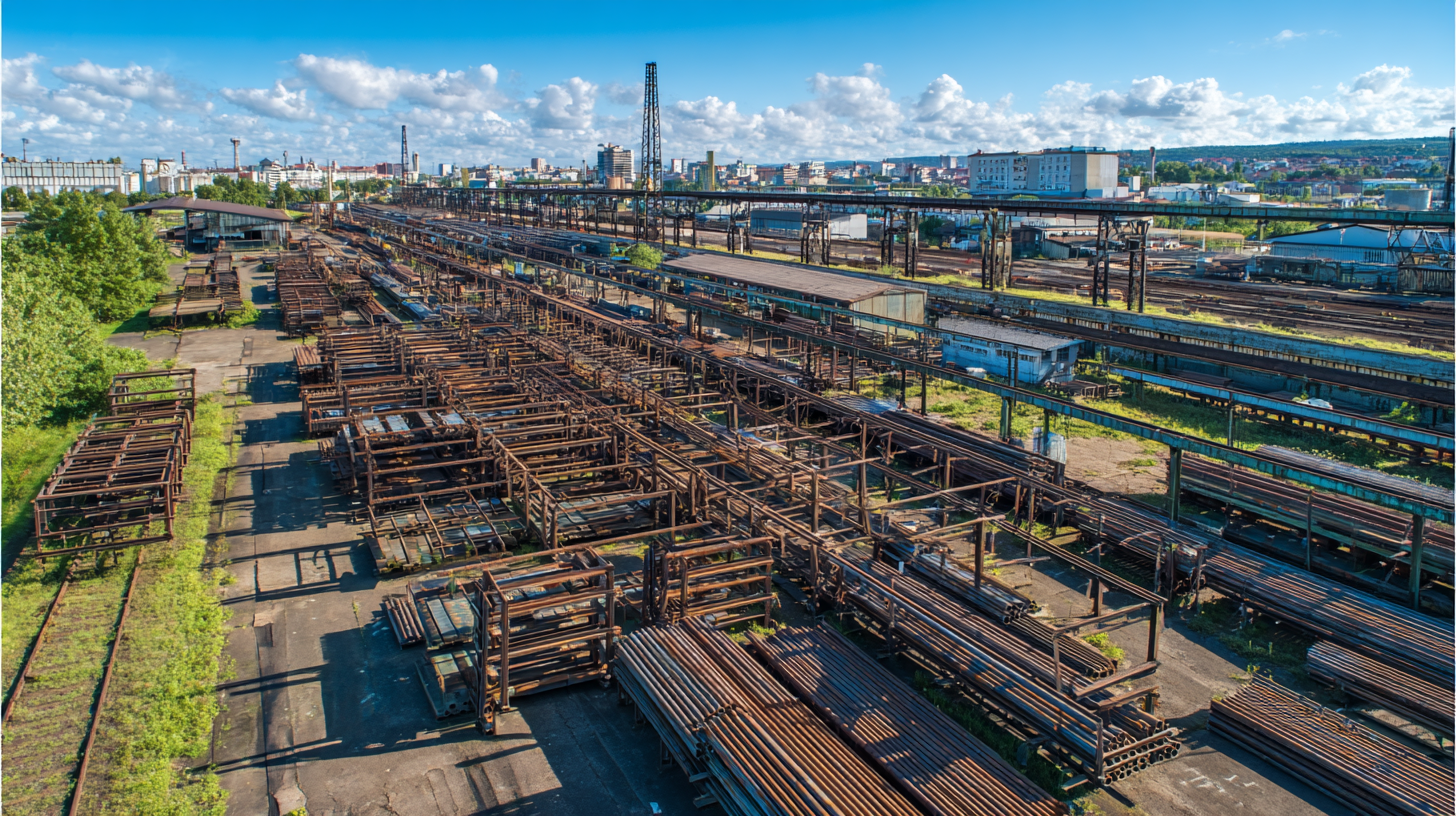
The Role of Pipe Racks in Enhancing Safety Standards in Industrial Settings
Pipe racks play a crucial role in enhancing safety standards within industrial settings.
These structures are essential for organizing and supporting pipes, thereby reducing the risk of accidents caused by disorganized pipe layouts. By properly configuring pipe racks, industries can minimize the likelihood of leaks and spills, which can pose significant hazards.
Additionally, well-designed pipe racks can ensure that piping systems are easily accessible for maintenance, further promoting safety by allowing for timely inspections and repairs.
The construction and maintenance of pipe racks also intersect with broader safety standards observed in industries such as construction, where regulations are revised to ensure the safety of various structures.
As industries advance, particularly in sectors dealing with flammable substances or hazardous materials, the importance of maintaining stringent safety protocols cannot be overstated.
Adopting high safety standards in the design and installation of pipe racks not only supports compliance with regulations but also fosters a culture of safety awareness that is critical in preventing workplace incidents.
Key Factors Influencing the Design and Placement of Pipe Racks
When designing and placing pipe racks in industrial settings, several key factors must be considered to ensure safety, efficiency, and operational effectiveness. One of the primary considerations is process optimization, which involves aligning the pipe rack design with the workflow of the facility. This ensures that the pipes can easily connect with other equipment and systems, minimizing the potential for disruption during operation.
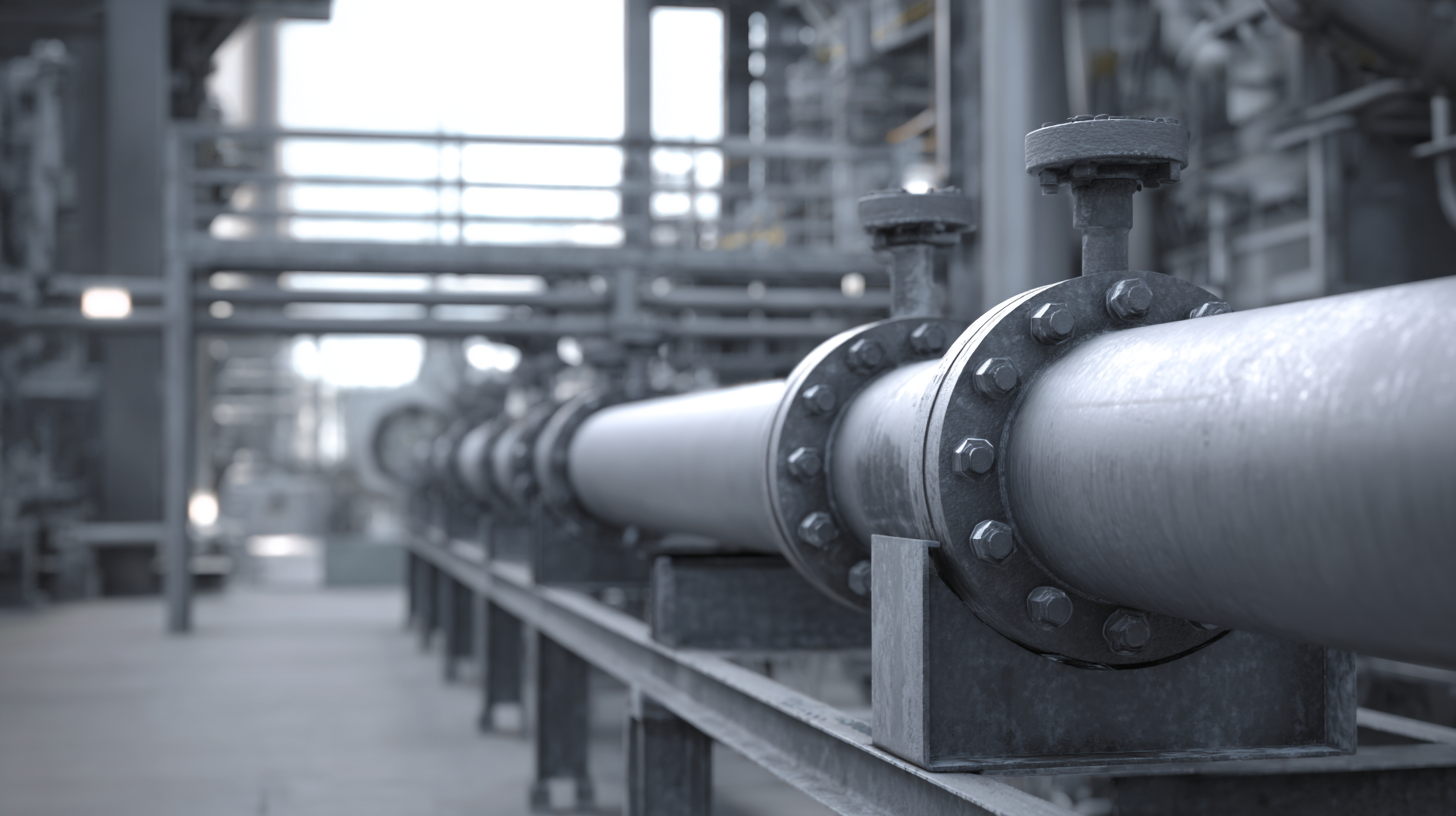
Additionally, the location and layout of pipe racks should take into account the surrounding infrastructure, including electrical and structural elements. Proper spacing and positioning can reduce congestion and improve maintenance access, ultimately enhancing productivity. Furthermore, the application of best practices in design not only aids in achieving compliance with safety regulations but also optimizes space usage within the industrial setting, ensuring that pipe racks contribute positively to the operational landscape.
Maintenance Best Practices for Longevity of Pipe Racks
Pipe racks play a crucial role in industrial settings, supporting pipelines and ensuring safe fluid transport. However, without proper maintenance, their integrity can be compromised, leading to safety hazards and operational inefficiencies. Consistent and thorough inspection of pipe racks is essential. Look for signs of corrosion, structural damage, or misalignment. Addressing these issues promptly can prevent costly repairs and ensure longevity.
To maintain the health of your pipe racks, consider implementing a regular maintenance schedule. One effective tip is to conduct routine visual inspections at least once a month. During these checks, pay attention to their condition, checking for rust or wear. Additionally, consider applying protective coatings to enhance durability and resist environmental factors.
Another important aspect is ensuring proper load distribution. Overloading can lead to structural failures, so make sure that the load on the racks is evenly distributed. Utilize load sensors if possible to monitor the weight supported by the racks continuously. By adhering to these maintenance best practices, you can significantly extend the lifespan of your pipe racks and contribute to a safer, more efficient industrial environment.
Importance of Maintenance Best Practices for Pipe Racks
Comparing Different Types of Pipe Racks for Various Applications
When it comes to managing piping systems in industrial settings, the choice of pipe racks is crucial for efficiency and safety. There are several types of pipe racks, each designed for specific applications. For instance, the traditional horizontal pipe rack is commonly used in oil and gas facilities, providing robust support for heavy pipes while allowing for easy access and maintenance. This configuration helps reduce vibrations and prevents pipeline sagging, ensuring the integrity of the entire system.
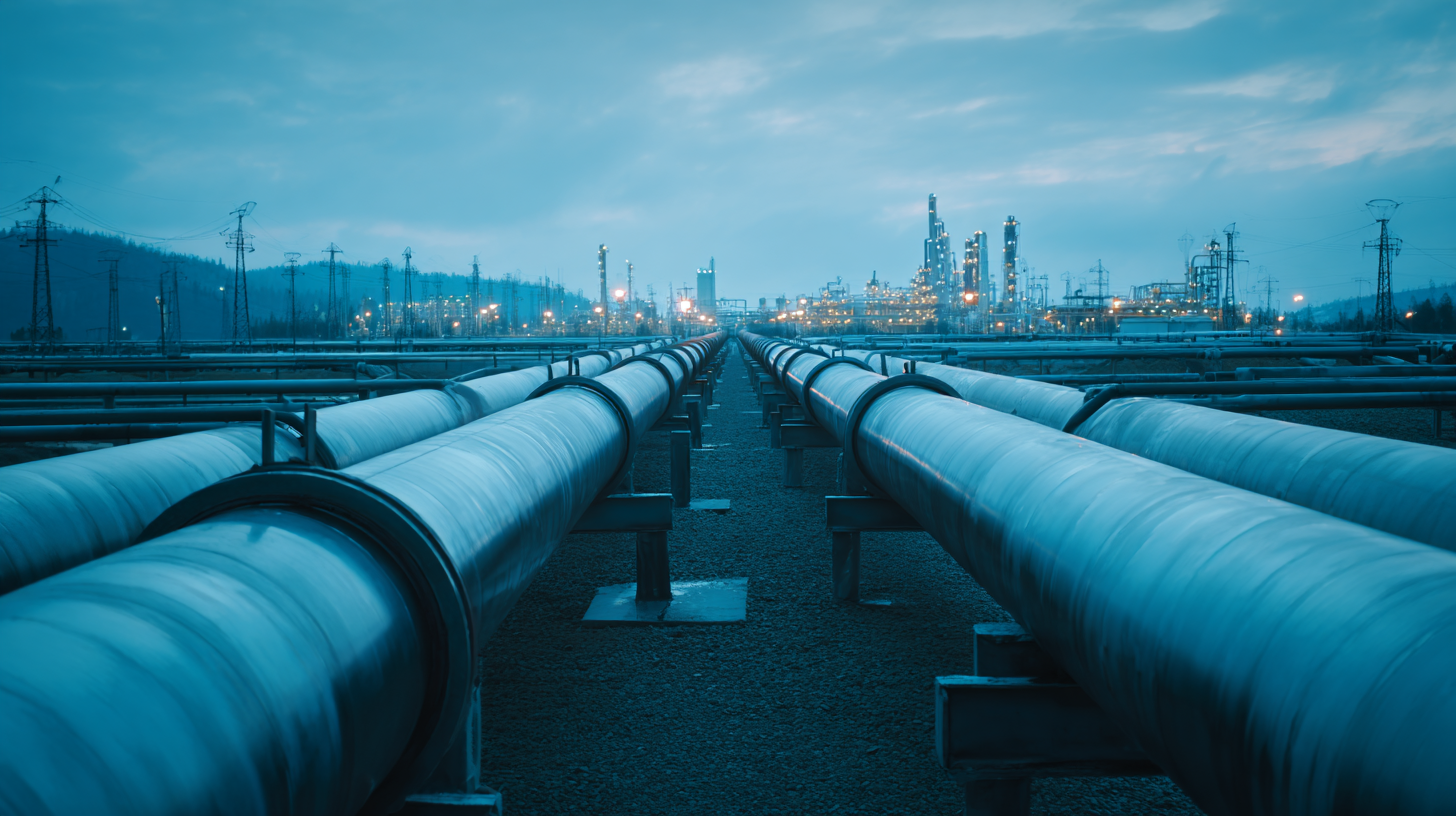
On the other hand, vertical pipe racks are increasingly popular in environments where space is a premium, such as chemical processing plants. These racks enable the vertical organization of pipes, facilitating higher density storage without compromising accessibility. Additionally, modular pipe racks offer flexibility for industries needing customizable solutions. By allowing easy reconfiguration, these systems accommodate changes in pipe layout and type, making them an excellent choice for rapidly evolving industrial applications. Each option showcases the need for tailored solutions based on the specific requirements of the facility and the nature of the materials being transported.
Regulatory Compliance: Pipe Racks and Industry Standards Explained
In industrial settings, regulatory compliance is a critical aspect of managing pipe racks effectively. Pipe racks, which are designed to support and organize piping systems, must adhere to various industry standards to ensure safety and efficiency. These standards, often set by organizations like ASTM, API, and OSHA, provide guidelines on materials, load capacities, and installation practices. Compliance not only safeguards workers and equipment but also reduces the risk of environmental hazards that could arise from improper handling of hazardous substances.
Moreover, the importance of adhering to these industry standards extends beyond mere safety; it also influences operational efficiency and legal liability. Regular inspections and maintenance of pipe racks in line with these regulations can help identify potential issues before they escalate into costly repairs or accidents. Companies that prioritize compliance can also benefit from increased credibility and trust among stakeholders, ensuring that their operations align with best practices in safety and environmental stewardship. By understanding and implementing these regulations, industries can foster a safer workplace while avoiding legal repercussions.
Related Posts
-
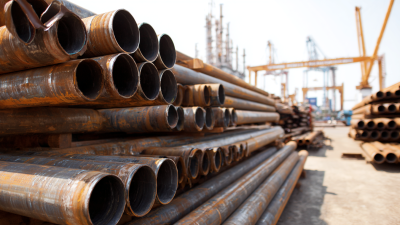
Global Leaders in Pipe Rack Manufacturing Setting Industry Standards for Excellence
-
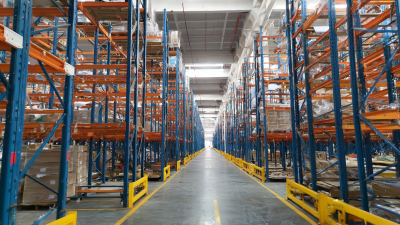
Exploring the Future of Used Warehouse Racking at the 138th China Import and Export Fair 2025
-

How to Optimize Your Warehouse Space with the Best Teardrop Pallet Rack: 2025 Tech Trends
-
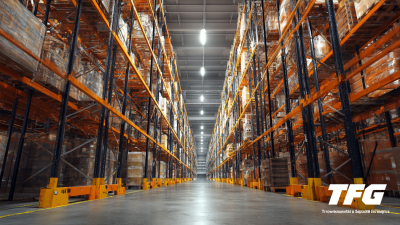
Transforming Global Standards with Premium Warehouse Racking Solutions Made in China
-

How to Choose the Best Pallet Rack Beams for Your Warehouse Efficiency
-

Unlocking Efficiency: How Pallet Racking Systems Revolutionize Warehouse Management


